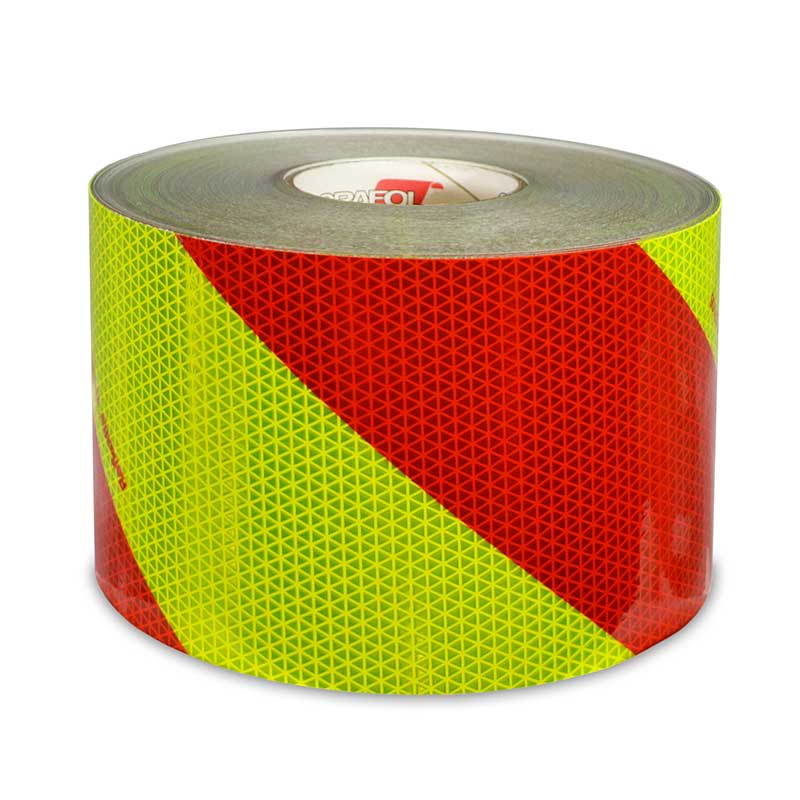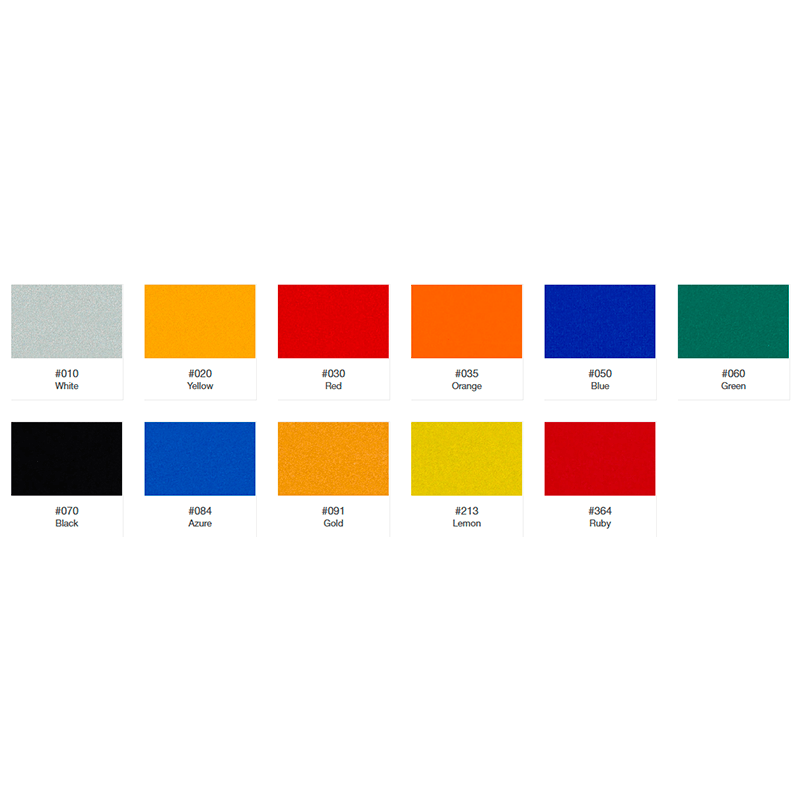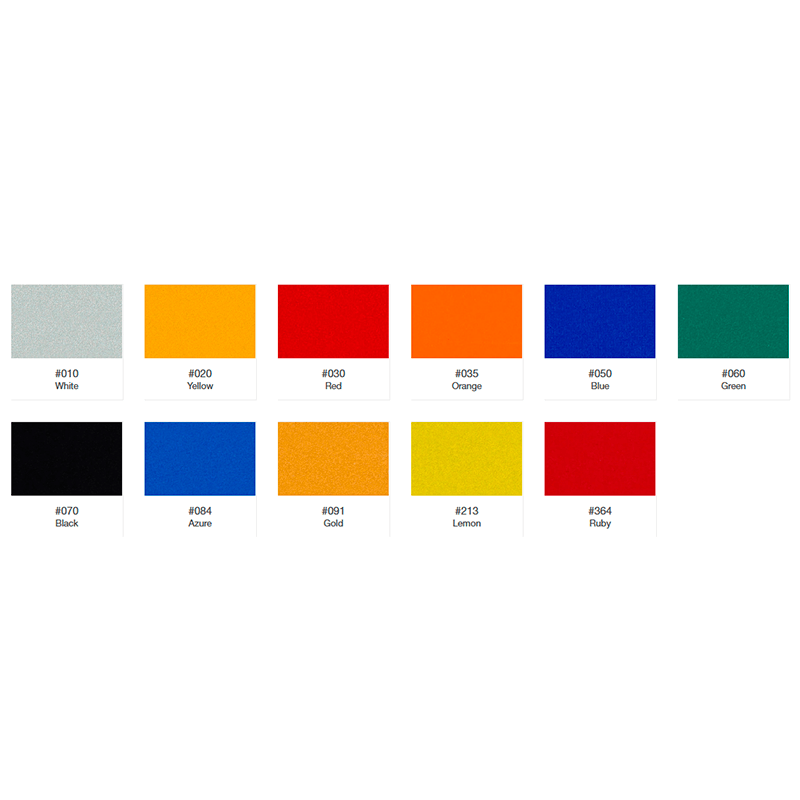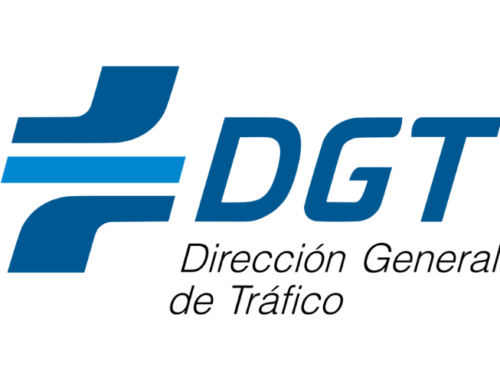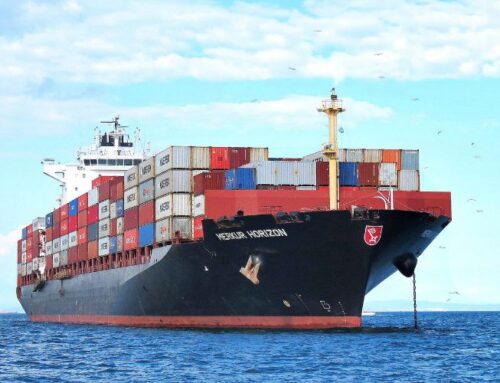Regulations on Signage for Ambulances and Medical Transport
Royal Decree 836/2012, in force since its publication on May 25, 2012, establishes the mandatory minimum technical requirements for all road medical transport vehicles in Spain. This regulation clearly defines how ambulances must be equipped, labeled, and marked, ensuring high safety standards for both the professionals operating them and the patients and users.
What is Royal Decree 836/2012 and what does it regulate exactly?
Royal Decree 836/2012 is the main national regulation that governs the technical specifications, medical equipment, external identification, and minimum staffing requirements for ambulances. It applies to all ground medical transport vehicles and establishes a precise classification:
Table of Contents
- Regulations on Signage for Ambulances and Medical Transport
- Mandatory reflective signage according to Royal Decree 836/2012 and UNE-EN 1789 standard
- What are the consequences of not complying with Royal Decree 836/2012?
- Specific solutions from T2S Ibérica to comply with Royal Decree 836/2012
- Why trust T2S Ibérica to comply with Royal Decree 836/2012?
- Professional advice on reflective signage for ambulances
- FAQs
- Related Posts
In addition, Royal Decree 836/2012 sets out the basic technical requirements that these vehicles must meet to obtain their corresponding technical-health certification, such as interior dimensions, the ergonomics of the medical cabin, electrical systems, climate control, oxygen therapy, specific medical equipment, and especially the mandatory reflective external signage.
For companies professionally engaged in the labeling and technical preparation of these vehicles, having an in-depth understanding of Royal Decree 836/2012 and strictly complying with its specifications is essential to ensure the administrative authorization for ambulance circulation and to offer a safe and regulation-compliant solution to their clients.
Mandatory reflective signage according to Royal Decree 836/2012 and UNE-EN 1789 standard
An essential part of Royal Decree 836/2012 is dedicated to ensuring the visibility and passive safety of ambulances through proper reflective signage. Although the Royal Decree mandates this signage, it is the technical standard UNE-EN 1789 that specifies exactly how this requirement must be applied, including the colors, types of materials, and specific designs.
According to this European technical regulation, fully adopted in Spain, the rear part of all ambulances must include a high-visibility reflective chevron pattern (inverted V-shaped stripes at a 45° angle), combining high-visibility red and yellow colors. This specific pattern aims to significantly increase the vehicle’s visibility in low-light or adverse weather conditions.
In addition, the regulation requires that the reflective material used for this chevron pattern must be at least class RA-2/C, ensuring optimal reflectivity performance in nighttime or low-visibility situations.
Regarding the colors used, the UNE-EN 1789 standard specifically recommends the following for ambulance labeling and reflective signage:
For companies that label ambulances and medical vehicles, complying with these technical requirements is essential. This not only ensures the safety of occupants and public road users, but also helps avoid potential administrative penalties resulting from non-compliance with the mandatory conditions established by this regulation.
What are the consequences of not complying with Royal Decree 836/2012?
Strict compliance with Royal Decree 836/2012 not only ensures the safety of healthcare professionals and patients, but also protects companies responsible for labeling and technical outfitting from potential legal liabilities and administrative sanctions.
The most relevant consequences of failing to comply with this regulation may include:
Therefore, the best way to avoid these situations is to ensure strict compliance with the technical requirements from the outset, using certified materials and relying on specialized suppliers with proven experience in the sector.
Specific solutions from T2S Ibérica to comply with Royal Decree 836/2012
To meet all the requirements established by Royal Decree 836/2012 and the technical standard UNE-EN 1789, T2S Ibérica offers companies dedicated to the labeling and technical outfitting of medical vehicles a specialized range of certified and approved reflective products.
Trust the technical solutions from T2S Ibérica to ensure full compliance with current regulations, thereby guaranteeing the safety and quality of your professional labeling work.
Why trust T2S Ibérica to comply with Royal Decree 836/2012?
At T2S Ibérica, we have a solid track record of over 30 years as experts in reflective solutions and high-visibility materials, specifically adapted to the technical requirements of medical vehicle signage and labeling.
Thanks to our experience, we have in-depth knowledge of all current regulations, including Royal Decree 836/2012 and UNE-EN 1789, and we offer the certified materials your company needs to meet any technical requirement with complete confidence.
Trusting T2S Ibérica means having a reliable partner that ensures not only regulatory compliance but also the operational safety of the medical vehicles you label.
Professional advice on reflective signage for ambulances
If your company specializes in labeling or outfitting medical vehicles and needs to comply with Royal Decree 836/2012 in a precise and professional manner, T2S Ibérica offers all the specialized technical support you need.
Get in touch directly with our team of experts to resolve any questions regarding regulations, certified reflective materials, or specific technical solutions for ambulances.
You can contact us through:
- Phone: 93 848 05 68
- Email: info@t2siberica.com
- Web form: Fill out our online form and you will receive personalized assistance shortly.
Ensure safety and regulatory compliance with T2S Ibérica: the ultimate solution for professional reflective signage on ambulances.
